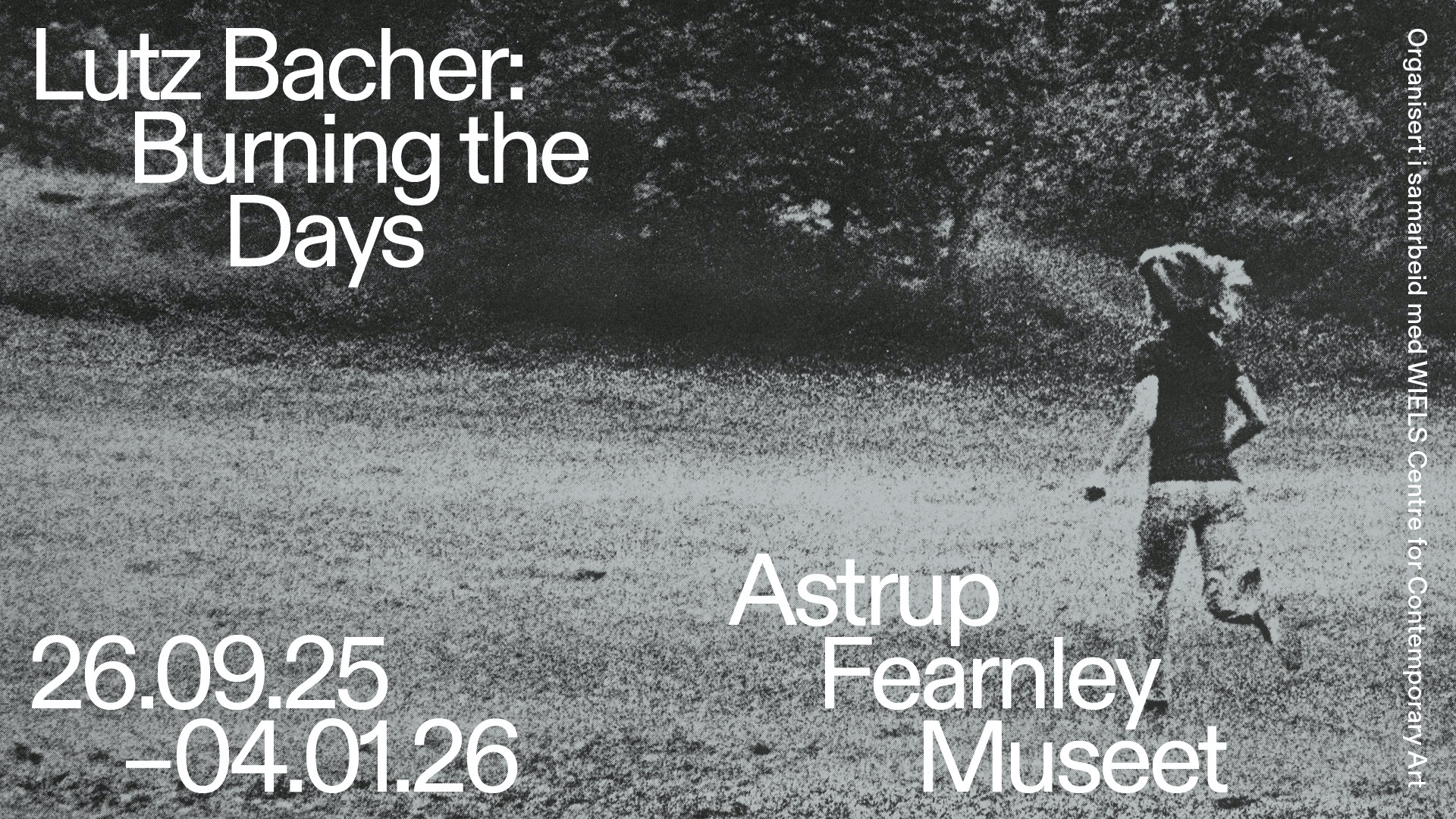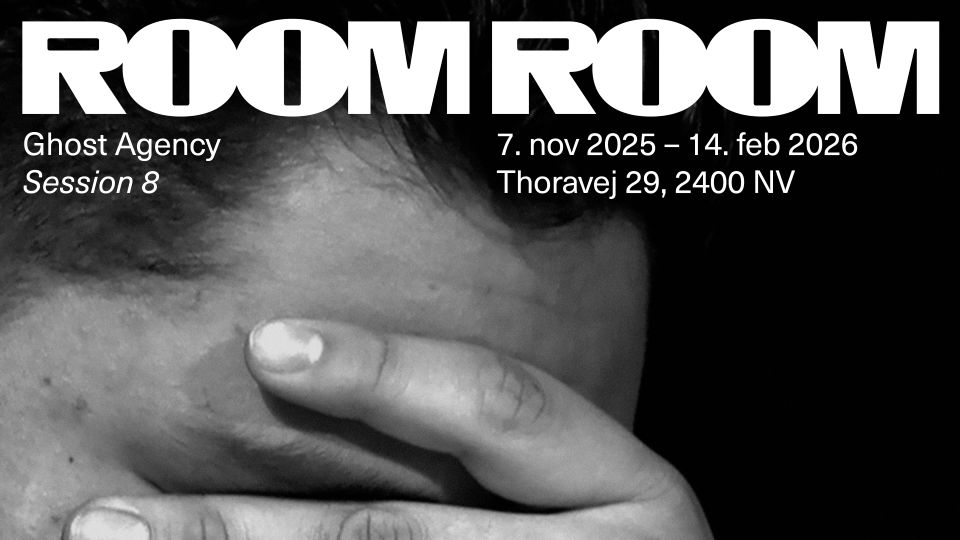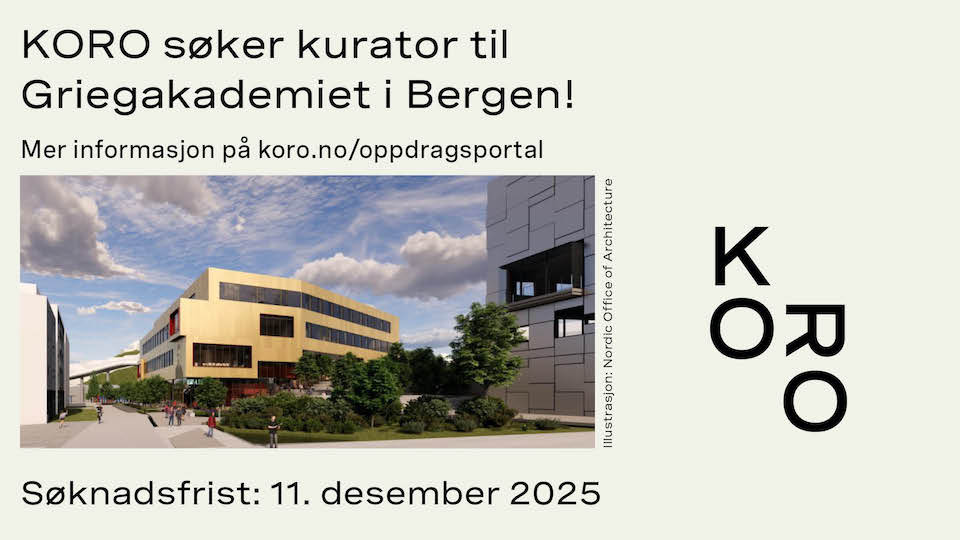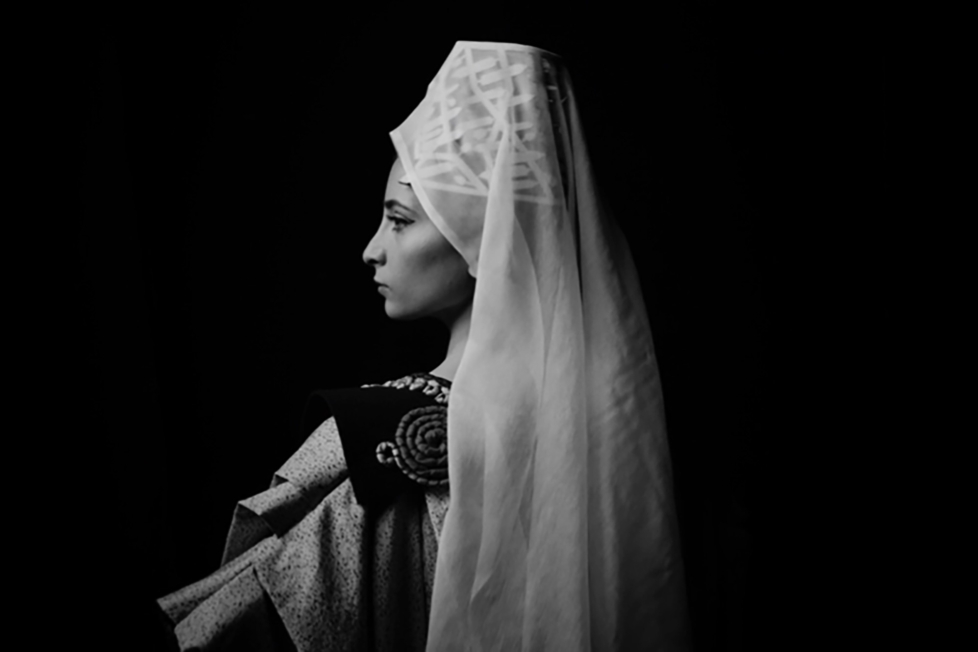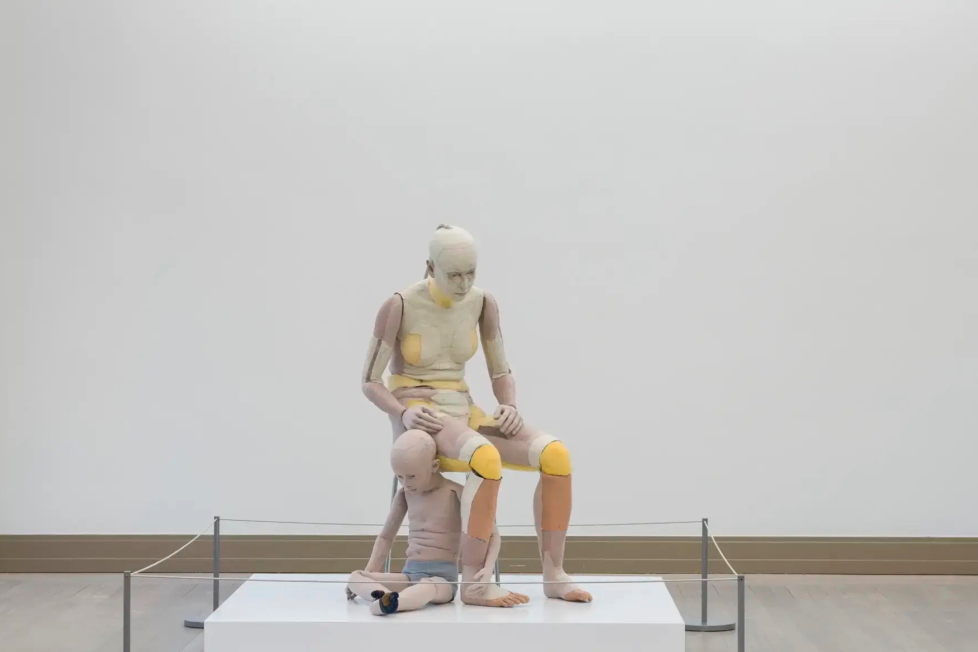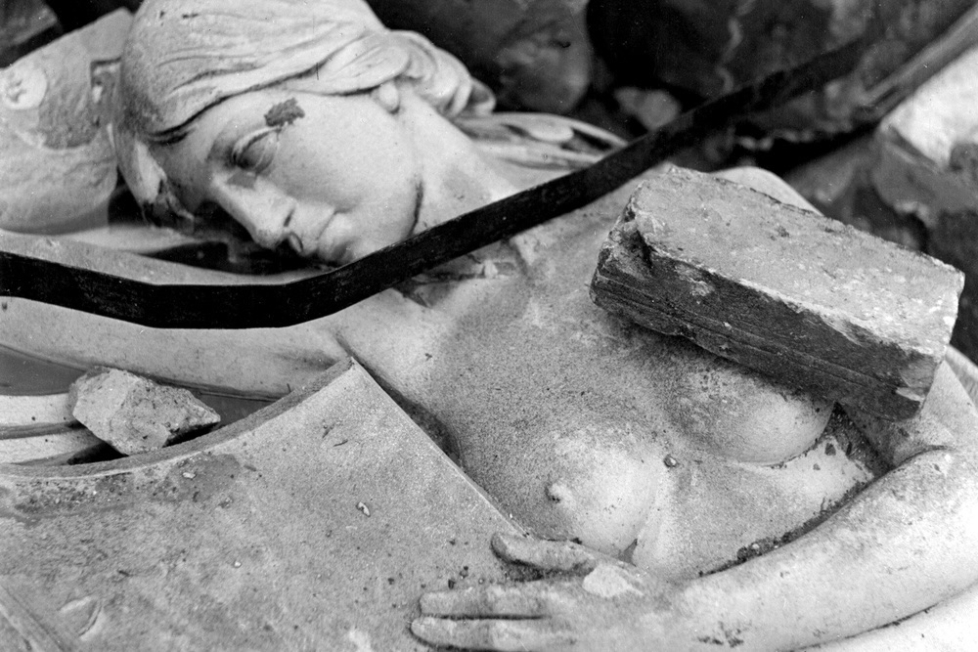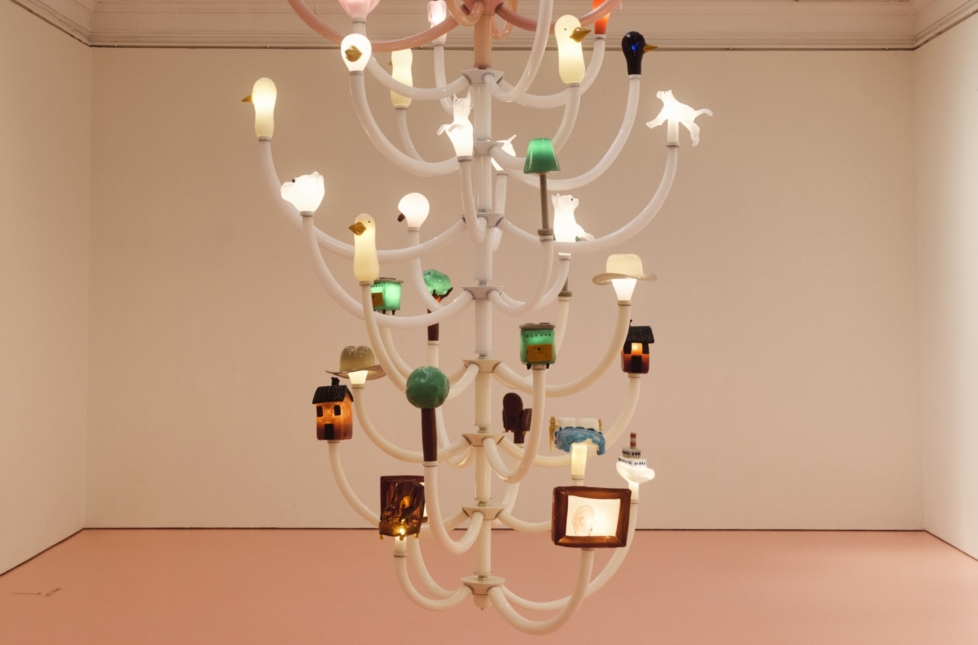
On the way home from our heatwave holiday, we stopped by the Legoland of the cultured middle classes, the summer exhibition at Louisiana in Humlebæk. There we found the Ragnar Kjartansson retrospective Epic Waste of Love and Understanding, comprising some twenty works from the last twenty years. Such a midlife retrospective (Kjartansson is 47 years old) also gives audiences an opportunity to see and feel how life’s potential plays out. The last time I experienced the film installation The Visitors (2012) – which has been widely mythologised and declared a work of genius[ – I was in Manhattan, not as a tourist with impatient toddlers hanging on my arm, but as a guest researcher free of commitments on a long-term stay in New York. Of course, this is just my private anecdotal association. But before we arrived at the exhibition, I found myself wondering whether the romantic hipster aesthetic of this work (the dilapidated upstate New York mansion, the indie folk aesthetic of the music and musicians, the masculine melancholy – so 2010s!) will have weathered the decade that has passed. Won’t it just feel like tuning in to the radio channel P13, where they play music for those of us who used to be young and still think we’re relevant?
Kjartansson’s art often sails very close to general trends in society. In that sense, he becomes, depending on the audience, a surfer on the waves of the zeitgeist or a barometer gauging the current cultural atmosphere. I myself lean more towards the latter. In the video work Guilt Trip (2007), he even reports on the messed-up state of the Icelandic economy a full year before the financial crisis, while at the same time capturing central aesthetic features of the Nordic noir wave also underway at the time. What is more, the whole of Kjartansson’s production is so appealing and so very timely as to awaken suspicion.
If we take our point of departure in the idea that relevance is situational while quality is unconditional and absolute, then we may reasonably venture that this art is exemplary: suitably critical (yes, even if it is unclear where the criticism is directed), suitably transgressive (not very much so), suitably self-aware (very much so), and suitably concerned with art’s power and powerlessness. Equally interested in opera and indie rock. “Lagom,” as the Swedes would say. Still, even if this oeuvre has not yet proven itself against the test of time, there is real quality here. That cannot be doubted. Of course, we do not yet know where this quality actually resides. But the works we perceive as the best ones may give us some hints.
Kjartansson is interested in how quantity and/or repetition can change the meaning of an action or a statement over a given length of time. He gets this interest from the performance tradition – the publication accompanying the exhibition includes a nice little conversation between Kjartansson and Marina Abramovic – but even though the approach is repeated in one way or another in almost every single work, I rarely get a sense of formal mannerism. The one exception is the foyer’s vast collection of ceramic salt and pepper shakers bearing the inscriptions “Guilt” and “Fear.” It would have worked every bit as well, if not better, if the neurosis seasonings were served as a single pair.

This minor gripe aside, the repetitions, protractions, and accumulations are all very effective, albeit in different ways. In Mercy (2004) the artist appears dressed as a country crooner, singing “Oh, why do I keep on hurting you” for an hour. In the series Me and My Mother (2000–2020), we see Kjartansson and his mother, actor Guðrun Àsmundsdóttir, side by side and filmed at close range in five films shot five years apart. In each of them, Àsmundsdóttir spits in her son’s face, launching spittle and running globules of saliva everywhere. In both cases, the repetition creates a sense of absurdity and profound significance, an effect akin to meditation. But the time shift in Me and My Mother also invites a more sentimental approach to the difficulties of the mother-son relationship. Themes of maturation and ageing – and thus also of sorrow and care – become part of the work’s basic tenor.
At the same time, it can seem as if Kjartansson’s pursuit of la longue durée has only increased in scope as his position in the art field has grown ever stronger: A Lot of Sorrow (2013/2014) shows the band The National playing the song ‘Sorrow’ over and over again in a concert that lasts more than six hours. And in the exhibition’s closing number, Lykksalighed (Bliss, 2020), a full opera ensemble, including the artist, sings an excerpt from Mozart’s The Marriage of Figaro (in which the woman forgives the man) non-stop for twelve hours. Outside this last screening room is the site-specific What Have We Done to Deserve Such Happiness (2023): filmed in Louisiana, the work shows Kjartansson and a woman playing out a lovely afternoon among the Scandinavian upper middle class while repeating the title’s question for eleven hours.
In all these examples and more, each repetition takes on a slightly different function than the one before, and in each work, the approach and effect are slightly different. The obvious satire is replaced by a fervour that slowly establishes itself before disappearing again in favour of something more indeterminate. According to linguists, all irony is a matter of echo, a repetition of previous statements from which one somehow distances oneself. The enormously long durations of Kjartansson’s work create the conditions for an almost endless and uncontrollable irony which is nevertheless rooted in some kind of humanism that most of us do not get too annoyed by, I think.
Given the on-trend timeliness of Kjartansson’s production, a number of names present themselves as obvious references and parallels. I feel most inclined to compare him to author Karl Ove Knausgård and his six-volume novel Min Kamp (My Struggle, 2009-2011). Both engage in a confessional, self-aware, and self-pitying project that takes on monumental proportions. Unlike Knausgård, however, Kjartansson always has a sense of humour. I don’t know if that’s where the quality resides. But it might be.

Translated from Norwegian.
